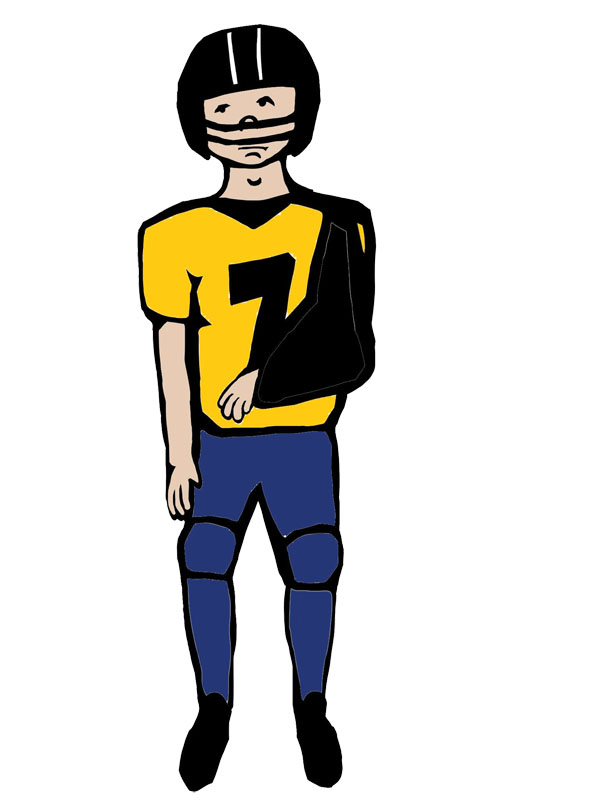Injuries are an athlete’s worst nightmare. Whether it is a Pop Warner quarterback or a Hall of Famer, breaking a bone can end an athlete’s career.
Kirby Puckett was a star baseball player for the Minnesota Twins who suffered a broken jaw while hitting. He attempted a comeback after intense rehab. Unfortunately, he was diagnosed with glaucoma and lost vision in his right eye. Puckett never played another game in the MLB.
Other athletes like Peyton Manning and Adrian Peterson were lucky to have another shot at their sport. Manning sustained a neck injury in September 2010.
Historically, neck injuries require surgery, and Manning’s injury was no exception. Despite this, he played through pain during the 2010 season. After the season ended, Jim Irsay, the Indianapolis Colts owner, released a statement that Manning had been playing the season through injury. He would require neck surgery in the offseason. After the surgery, Manning’s status for the upcoming season was in doubt.
Week by week, the Colts were optimistic about Manning’s return. But week by week, he was in street clothes on the sideline. The future Hall of Famer was forced to watch his once great Colts fall to 2-11, led by Curtis Painter, Dan Orlovsky, and former first round pick Kerry Collins.
When they secured the first overall draft pick, they took a risk. The Colts decided to cut 13-time Pro Bowl, 5 time MVP, Peyton Manning. Instead of risking another injury-plagued season, they drafted quarterback Andrew Luck. Manning ended up signing with the Denver Broncos.
After just two seasons in the Mile High City, he has made two Pro Bowls, two First All-Pro teams, won the Comeback Player of the Year and Offensive Player of the Year, broke the single season passing touchdown record and played in a Super Bowl.
Obviously, Manning is not mourning over being released from the Colts. With every career ending injury, there are just as many amazing comebacks. Sophomore Karl Schreck hopes to have a Manning-like return during his football season after dislocating his elbow on the first play of last season.
“During kickoff, I was running down the field towards the ball when I realized the [ball carrier] was about to be tackled,” Schreck said. “I decided to hit my blocker at full speed. When I hit him, he fell to the ground, and I fell over him. Unfortunately I landed on my elbow, and [it dislocated].”
Schreck has been doing intense physical therapy since September and is medically cleared to participate in sports. He looks to send a message to all athletes through his misfortune.
“I have learned that anything can happen at any time, even the first play of the season. Also, injuries suck; so don’t get injured.”
Senior swimmer Brooke Malone is no stranger to injuries either. She explains her gymnastics misfortune.
“My worst injury was a torn ACL when I was 10,” Malone said. “It was only a partial tear and I was [too young] to get surgery.”
She, like Schreck, did intense physical therapy for nine months. She was also forced to wear a knee brace while working out. Unfortunately, her injury did not stop there.
“I ended up getting Patellar Tracking Disorder, which means the muscles on the inside of my knees were weaker than the ones on the outside,” Malone said. “I had to do physical therapy to get the muscles on the inside of my knee stronger and use special tape to pull my kneecaps back into place.”
This, however, did have a silver lining.
“I’m actually really thankful I had this injury,” Malone said. “The doctor suggested I start swimming to ease my knee back into working out and I ended up loving it.”
The Auburn commit admits to being a bit of a klutz. She occasionally will slip on the pool deck and sprain her ankle.
Though nobody is perfect, not everyone is lucky enough to have such a smooth comeback. Some will have Manning like success and others will have Puckett’s misfortune.
Schreck and Malone are prime examples that Saints athletes may get hurt, but they won’t break.














